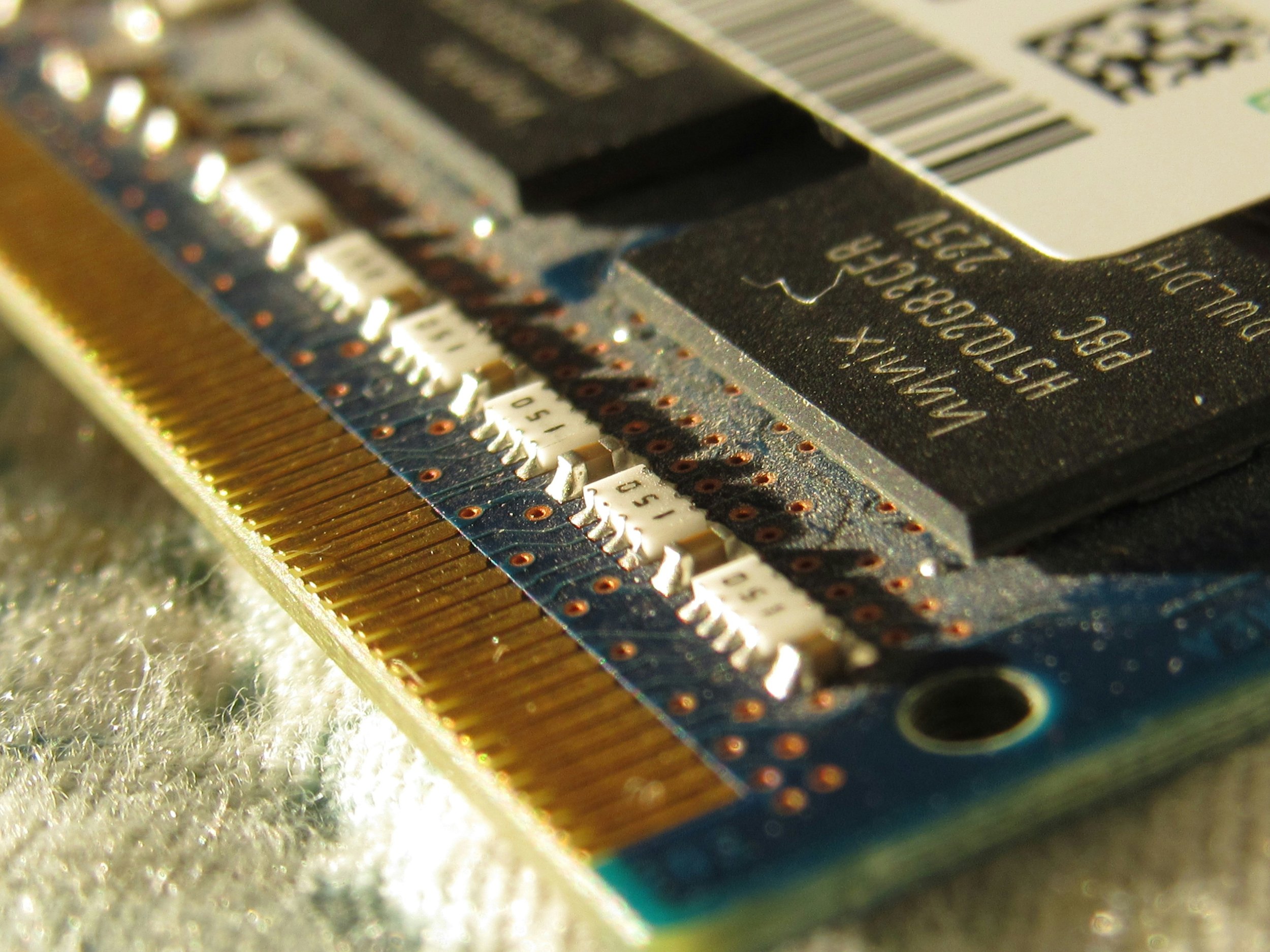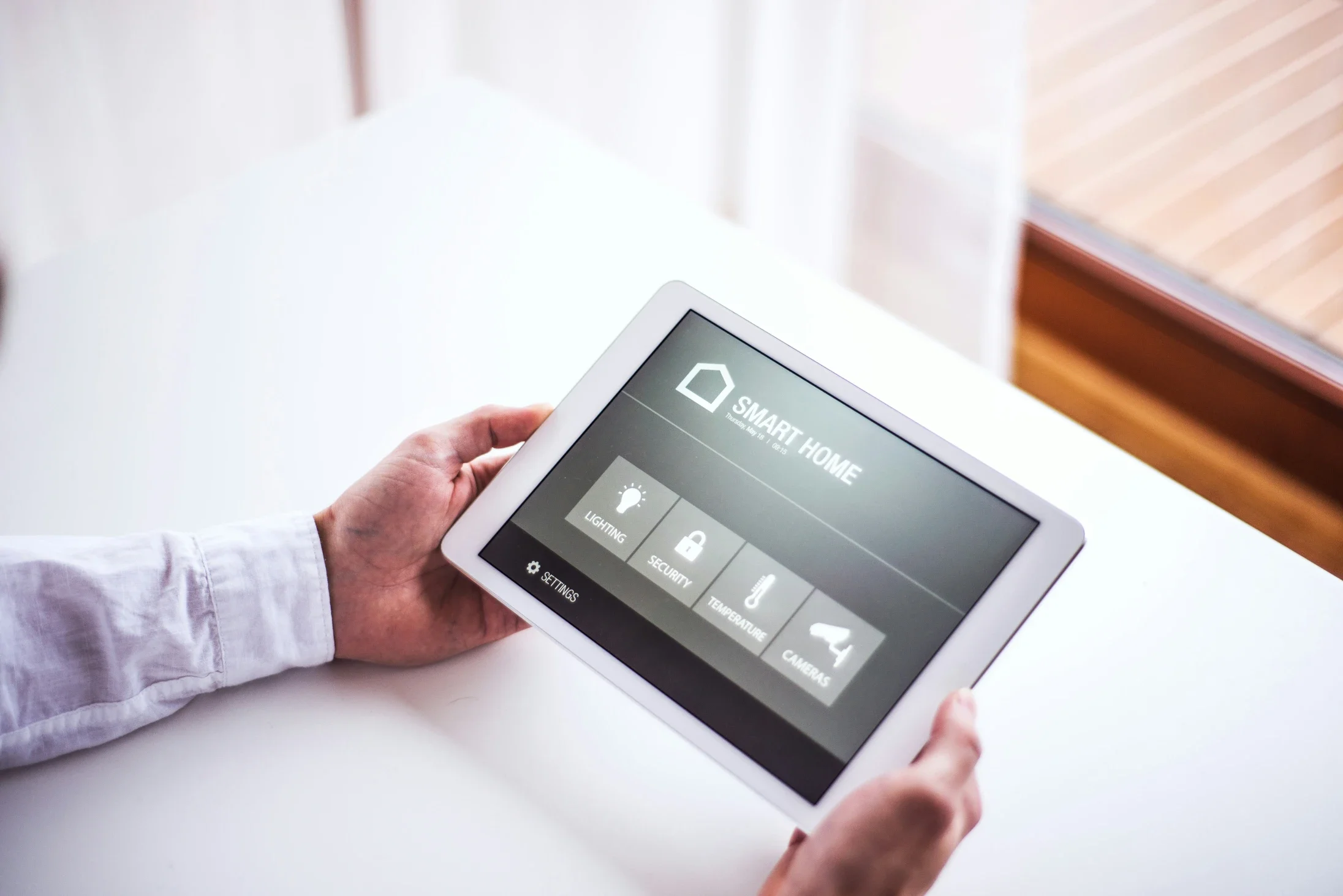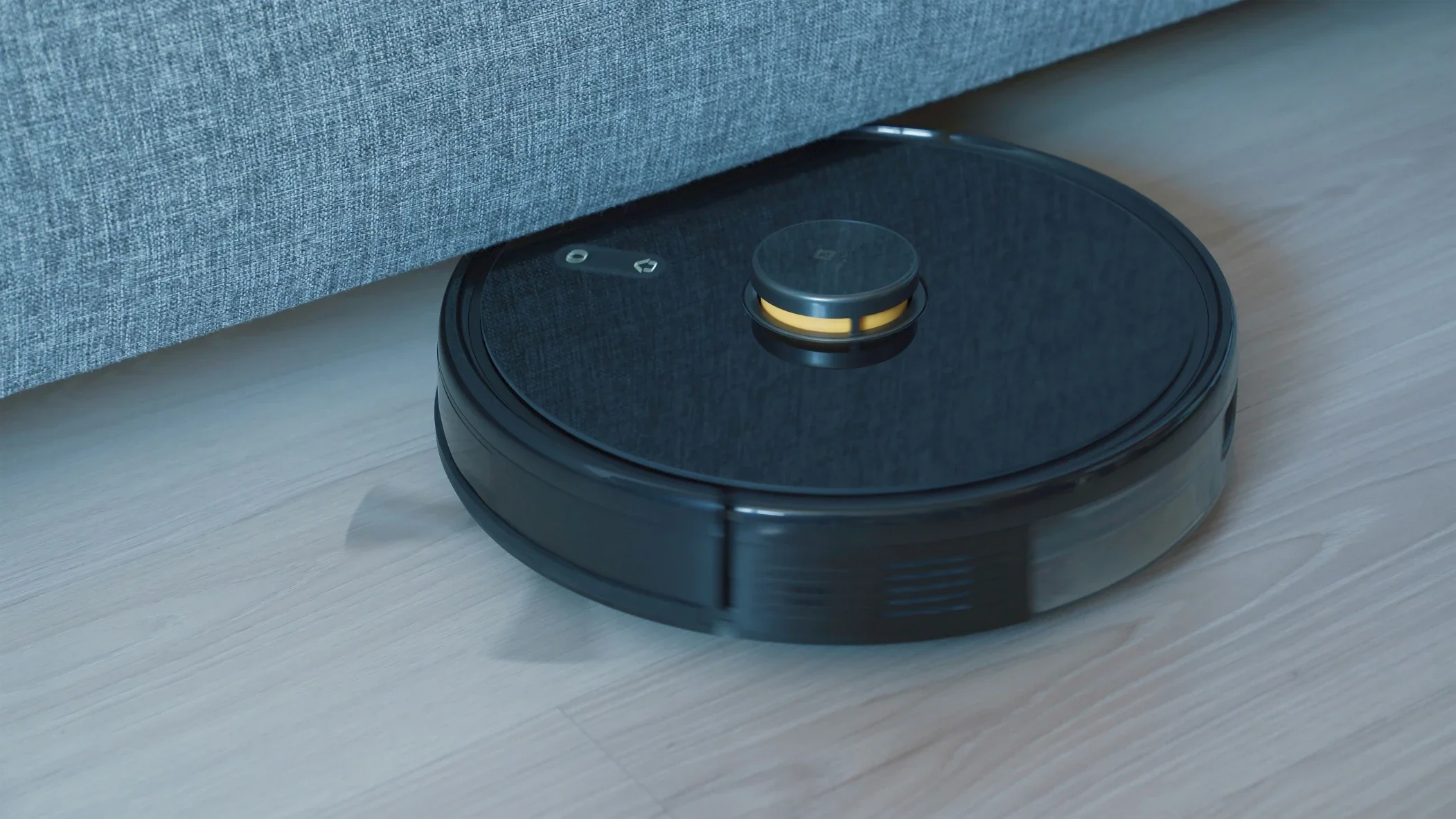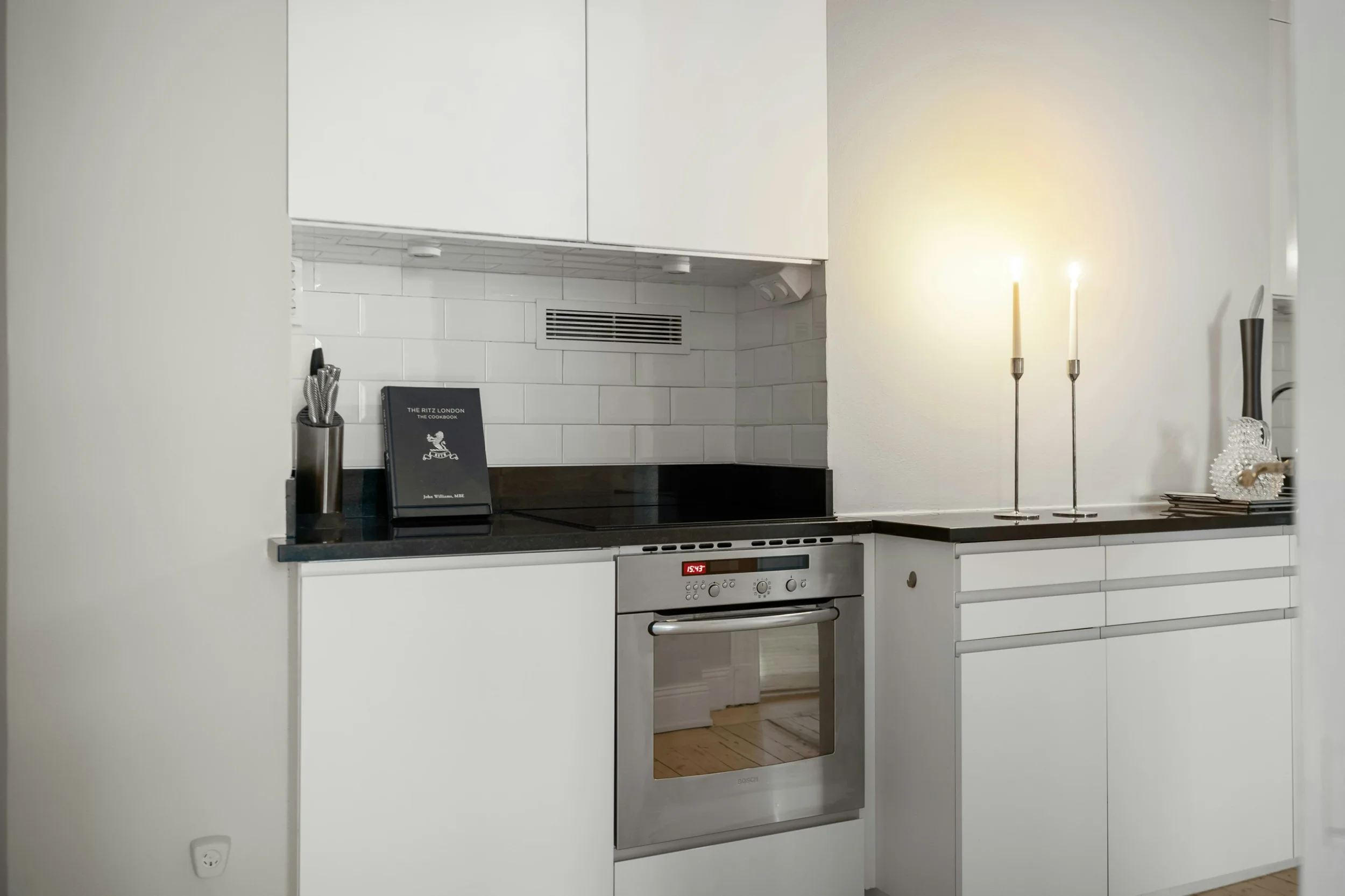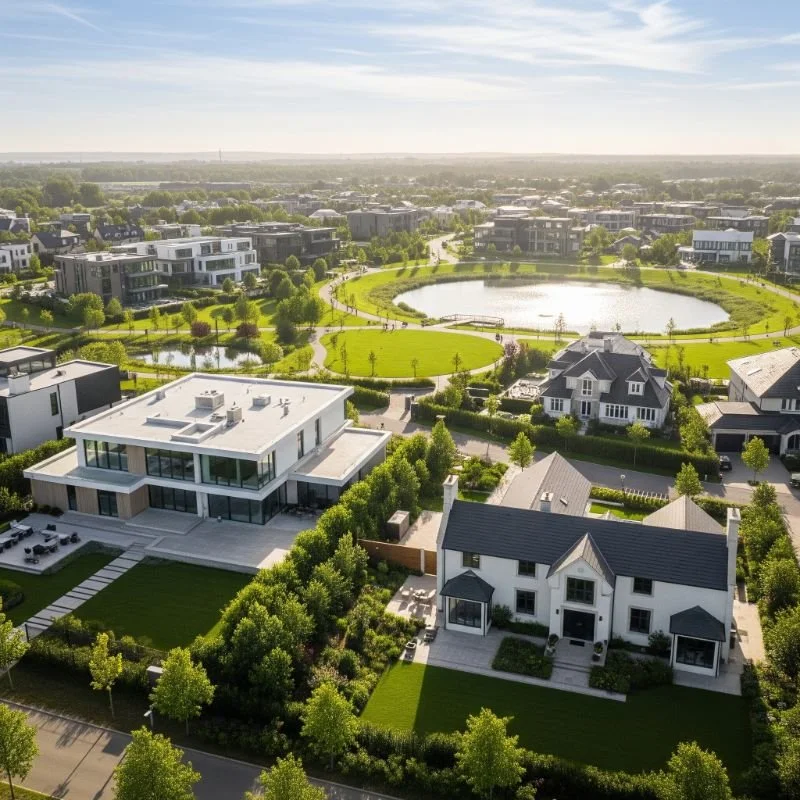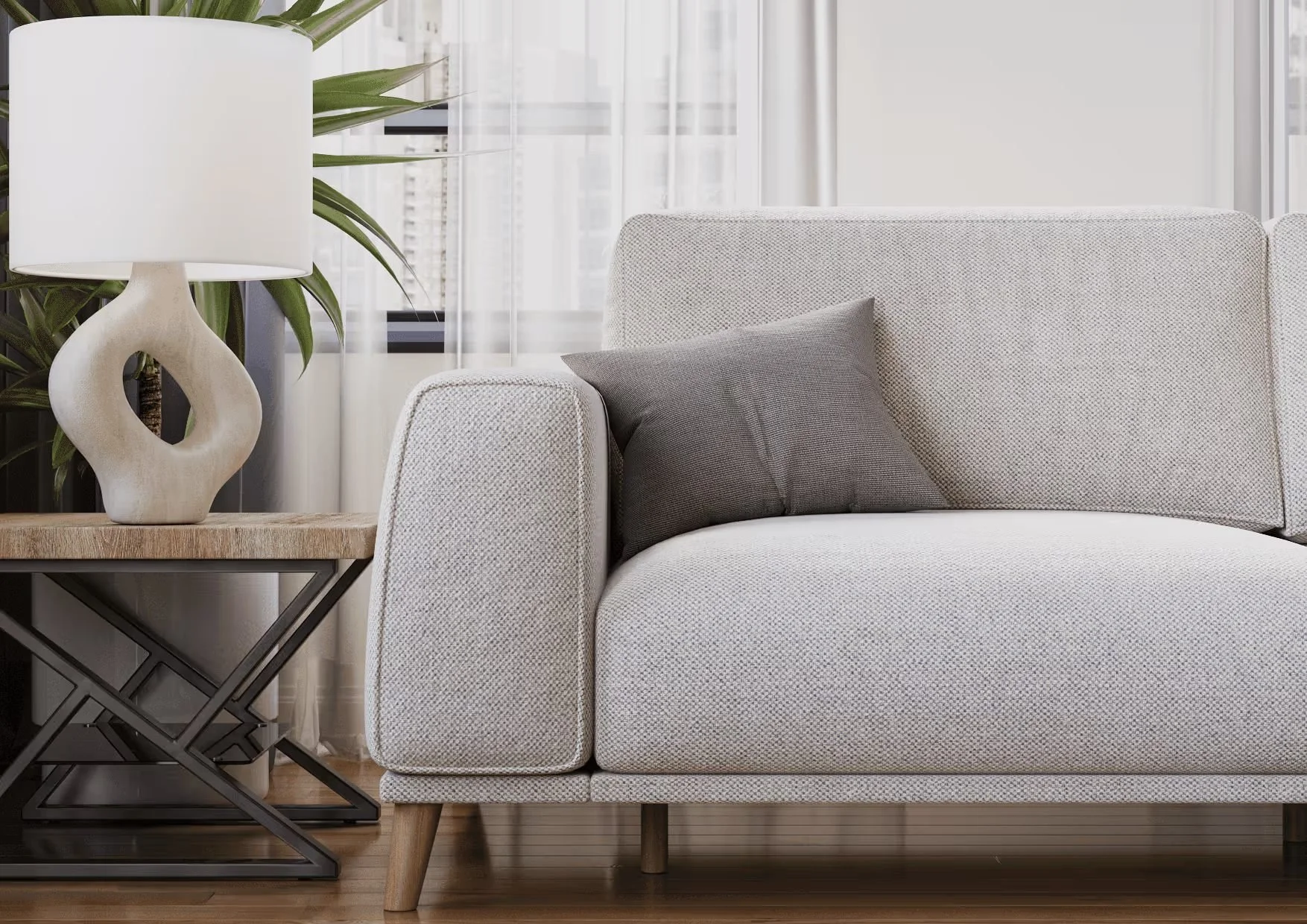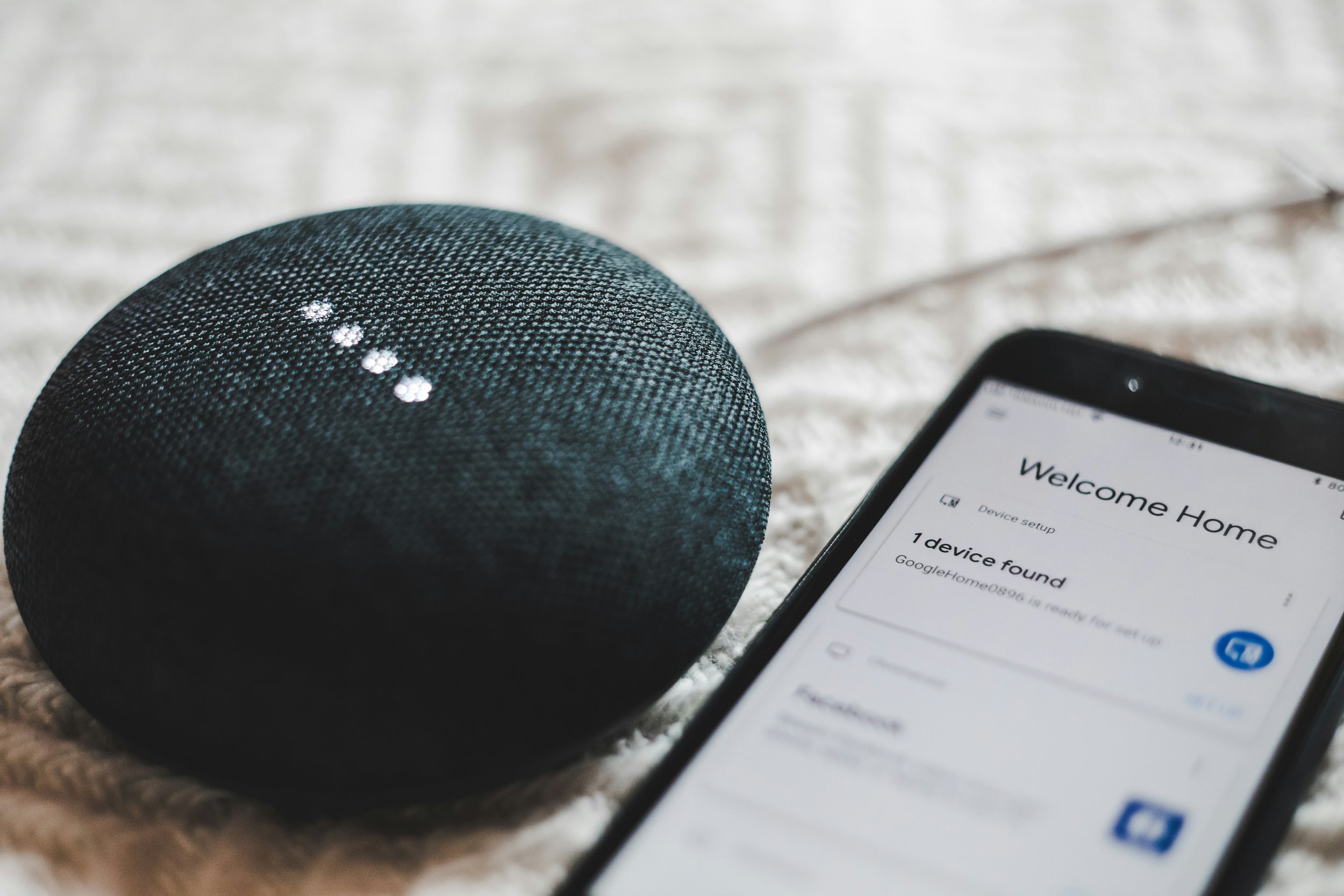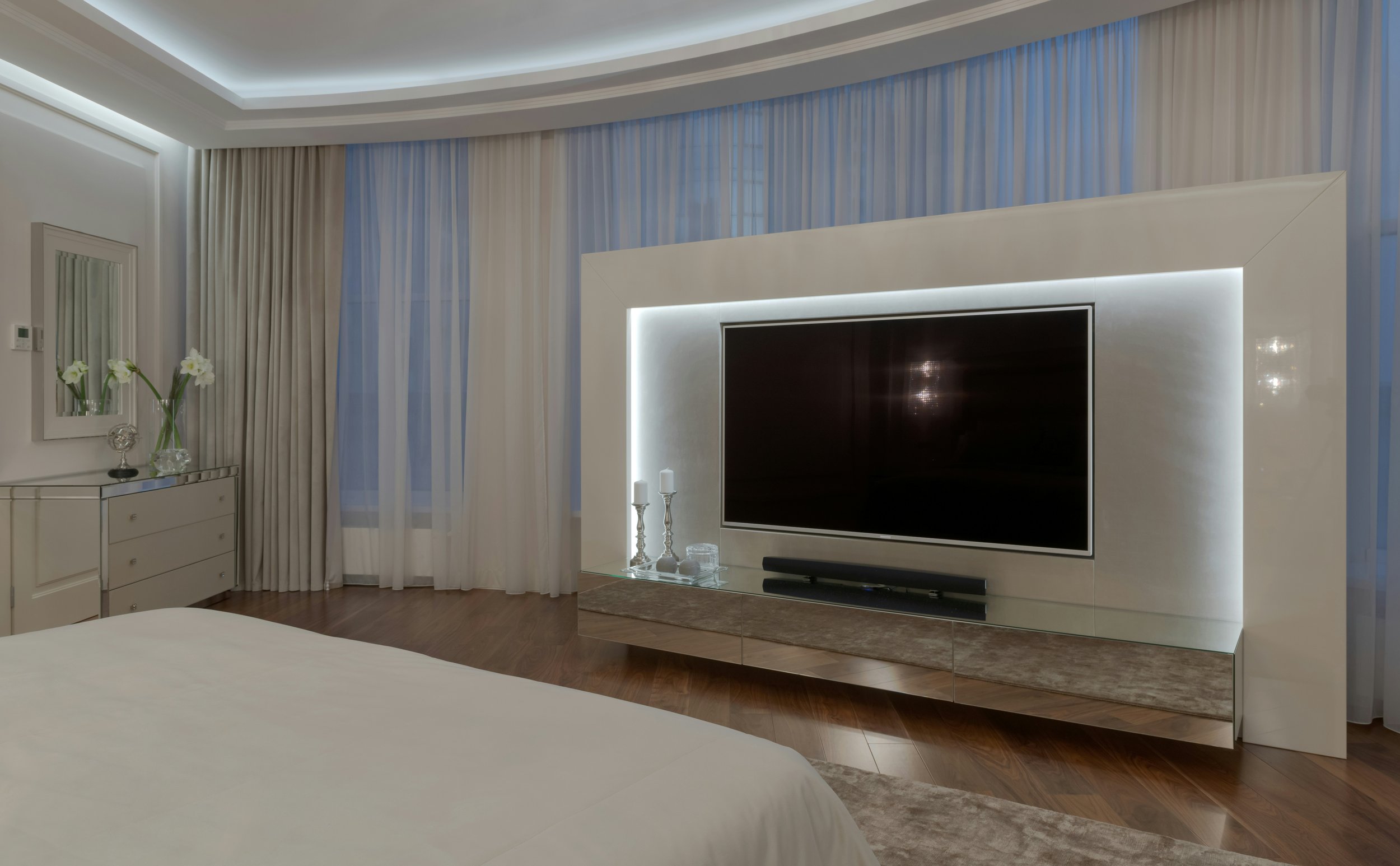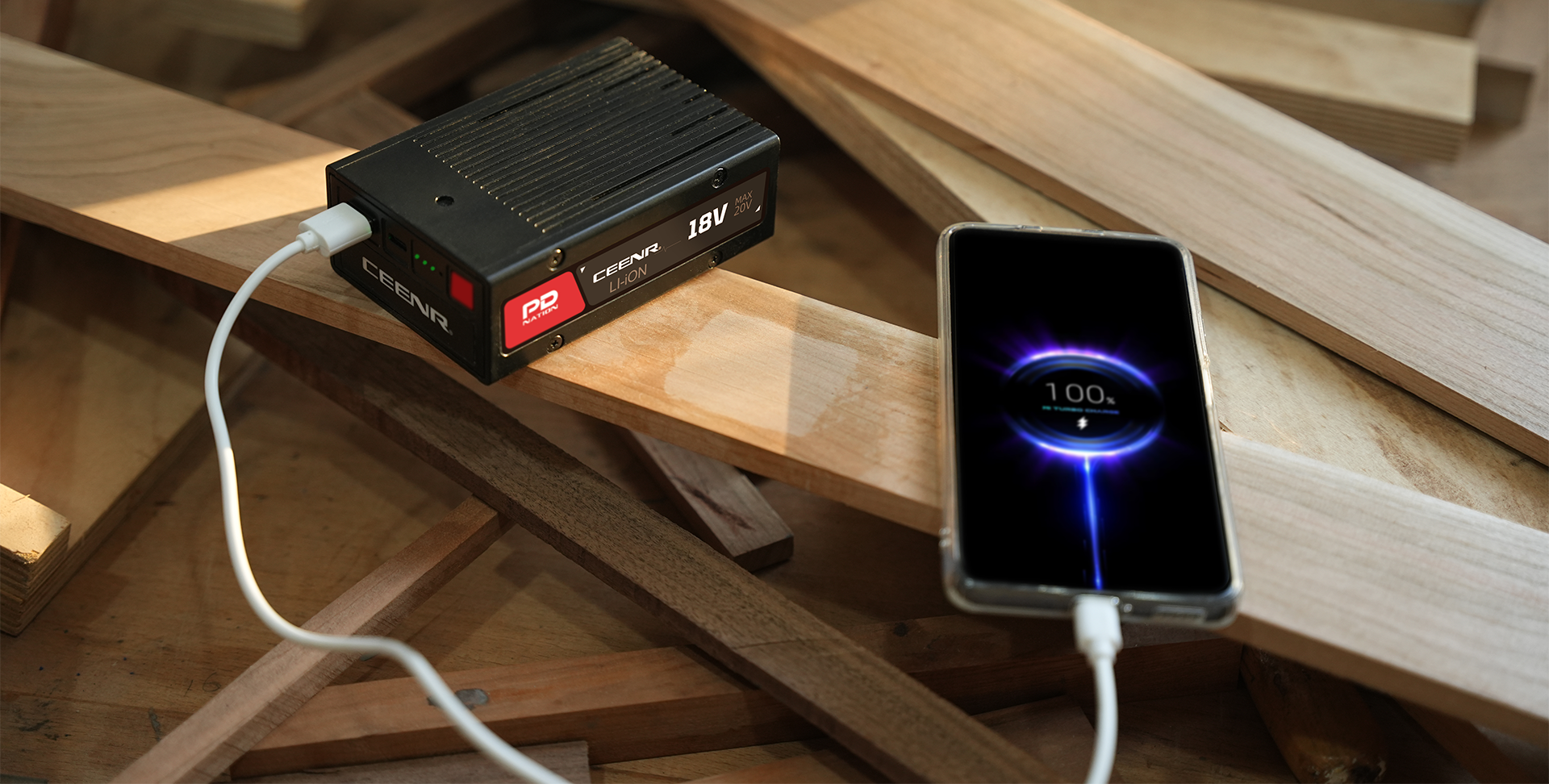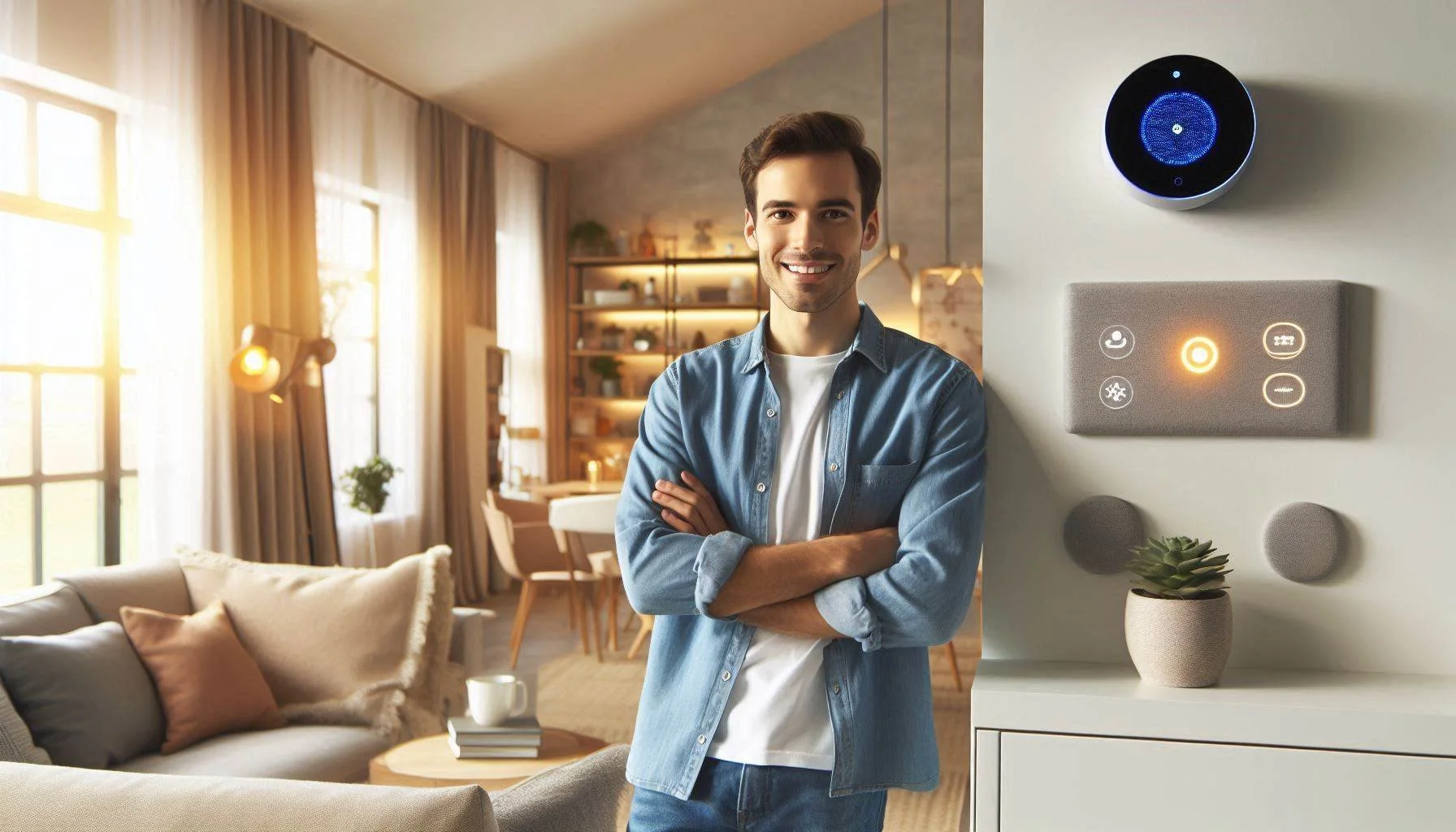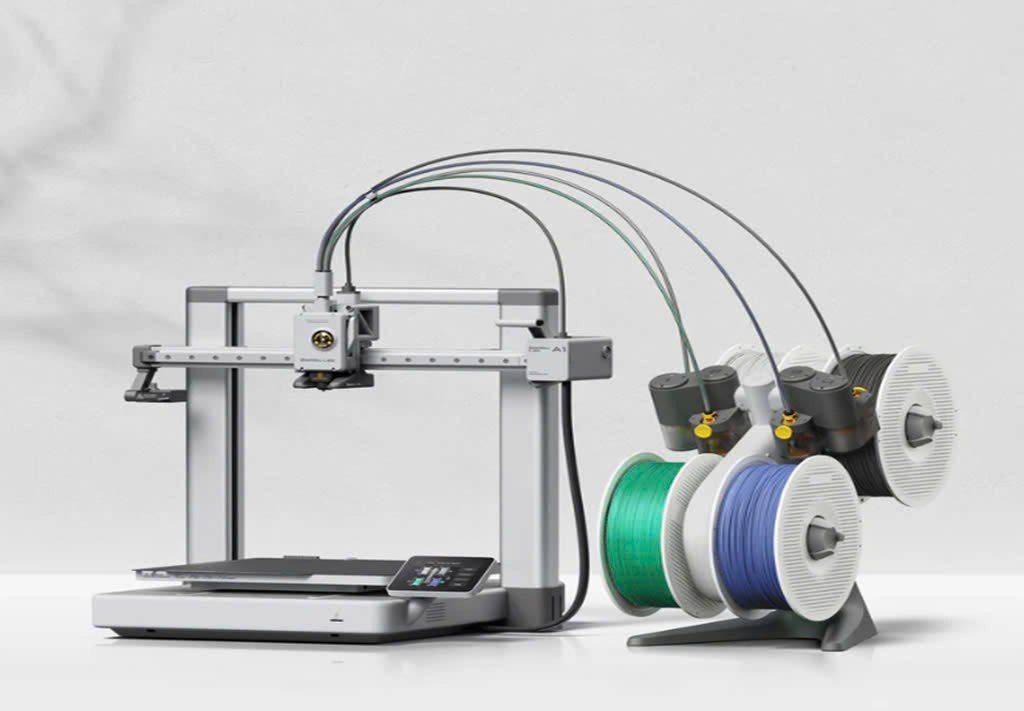5 Smart Home Upgrades Using IC Technology for a More Efficient Living Space
Discover how integrated circuit (IC) technology is transforming home improvement. Explore five smart upgrades that enhance energy efficiency, convenience, and security in your living space.
In recent years, the idea of a “smart home” has gone from a futuristic concept to a mainstream reality. At the heart of many of these advancements lies integrated circuit (IC) technology—tiny electronic circuits that enable devices to perform complex tasks efficiently. What is IC? An integrated circuit, often referred to as an IC, is a semiconductor device that combines multiple electronic components such as transistors, diodes, and resistors into a single chip. This technology has revolutionized everything from smartphones to kitchen appliances, and in the home improvement world, it is now a key driver of energy efficiency, convenience, and security.
This article will explore five smart home upgrades that rely on IC technology to make your living space more efficient, sustainable, and connected.
1. Smart Thermostats: Precision Temperature Control
One of the easiest and most impactful smart home upgrades is installing a smart thermostat. These devices go far beyond traditional thermostats by using IC technology to learn your preferences, monitor room occupancy, and even adjust temperatures based on weather conditions. Smart thermostats like the popular Nest and Ecobee models rely on integrated circuits to process vast amounts of data in real time and deliver precise temperature control.
With IC-powered smart thermostats, you can create automated schedules for heating and cooling, ensuring that energy is only used when necessary. Some models can even connect to your smartphone, allowing you to adjust the temperature remotely. The IC technology at the heart of these devices makes it possible to achieve optimal energy savings—studies show that smart thermostats can reduce heating and cooling costs by up to 15%.
In addition to energy savings, the convenience of automated temperature control provides an added layer of comfort, making it a perfect upgrade for any homeowner looking to modernize their living space.
2. Smart Lighting Systems: Customizable and Energy-Efficient
Another area where IC technology is having a significant impact is smart lighting. Traditional light bulbs and switches are quickly being replaced by IC-driven smart lighting systems, which allow homeowners to customize their lighting based on mood, time of day, or activity. Smart lighting solutions, such as Philips Hue and LIFX, are powered by IC chips that enable precise control over brightness, color, and even motion detection.
These systems can be programmed to turn lights on or off automatically, dim based on ambient light conditions, or even change color depending on the time of day. This means you no longer have to worry about accidentally leaving the lights on when you leave home, as integrated circuits ensure that lights can respond to movement, schedules, or voice commands through smart home hubs like Amazon Alexa or Google Home.
The energy-saving potential of smart lighting is substantial. LED bulbs themselves are already more efficient than traditional incandescent bulbs, but the added intelligence provided by IC technology ensures that energy is only used when needed, making your home both eco-friendly and cost-efficient.
3. Smart Appliances: Optimized Energy Consumption
Many modern kitchen and laundry appliances now come equipped with IC-powered smart technology that helps optimize their energy consumption. Devices like smart refrigerators, ovens, washing machines, and dishwashers are becoming increasingly intelligent, adjusting their performance based on your usage patterns and real-time conditions. This is made possible by the integration of IC technology within these appliances.
For example, a smart refrigerator can monitor its internal temperature and humidity levels, automatically adjusting its cooling settings to keep food fresh without wasting energy. Smart washing machines can detect load size and fabric type, then adjust water levels and cycle times to ensure optimal efficiency. ICs make it possible for these appliances to perform complex calculations and real-time adjustments, reducing both energy usage and utility bills.
As more homeowners focus on sustainability and reducing their carbon footprint, upgrading to IC-driven smart appliances is a practical way to modernize your home while ensuring that you’re using resources efficiently.
4. Smart Security Systems: Intelligent Protection
Home security has been another area where IC technology has made significant strides. Traditional security systems have evolved into comprehensive smart security setups that offer real-time monitoring, instant alerts, and even facial recognition. ICs enable security cameras, motion detectors, and door locks to process video and sensor data quickly, ensuring that your home stays secure.
Smart security systems like Ring or Arlo utilize IC technology to enable features such as real-time video streaming, motion detection, and cloud storage of footage. Some systems even incorporate AI-driven analytics to differentiate between people, pets, and inanimate objects. This reduces the likelihood of false alarms and makes security more reliable and efficient.
Additionally, many smart security devices can be integrated into a broader home automation system, allowing you to control your security setup from your smartphone or a central hub. By using IC-powered smart security systems, you’re not only enhancing your home’s safety but also ensuring that your system is energy-efficient and customizable to your needs.
5. Smart Irrigation Systems: Efficient Water Use
IC technology isn’t limited to energy and security—it’s also making waves in home improvement projects that focus on water conservation. Smart irrigation systems powered by ICs are becoming an increasingly popular choice for homeowners looking to optimize their outdoor water usage. These systems use integrated circuits to monitor weather conditions, soil moisture levels, and even local climate data to determine the best times and amounts to water your lawn or garden.
Traditional sprinkler systems often overwater, leading to water waste and higher bills. In contrast, smart irrigation systems like Rachio and RainMachine automatically adjust watering schedules based on real-time data, ensuring that your plants receive just the right amount of water. ICs process this information quickly, allowing for precise control over irrigation schedules and reducing water waste.
For homeowners looking to create a sustainable, eco-friendly home, upgrading to an IC-driven smart irrigation system is a great way to ensure efficient water use while maintaining a lush, healthy landscape.
Conclusion
The integration of IC technology into home improvement projects is transforming the way we live. From smart thermostats that optimize energy use to intelligent security systems that keep your home safe, ICs are at the heart of the modern smart home. These small but powerful chips allow for precise control, automation, and energy efficiency, making them an essential part of any homeowner’s efforts to create a more efficient living space.
By upgrading to IC-powered smart devices, you can reduce utility costs, improve convenience, and contribute to a more sustainable future. Whether you're focused on comfort, security, or eco-friendliness, IC technology provides the foundation for a smarter, more efficient home.
Stay up to date with our latest ideas!
Exclusive deals just for our readers! Click below to unlock special offers and elevate your shopping experience!
